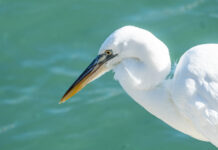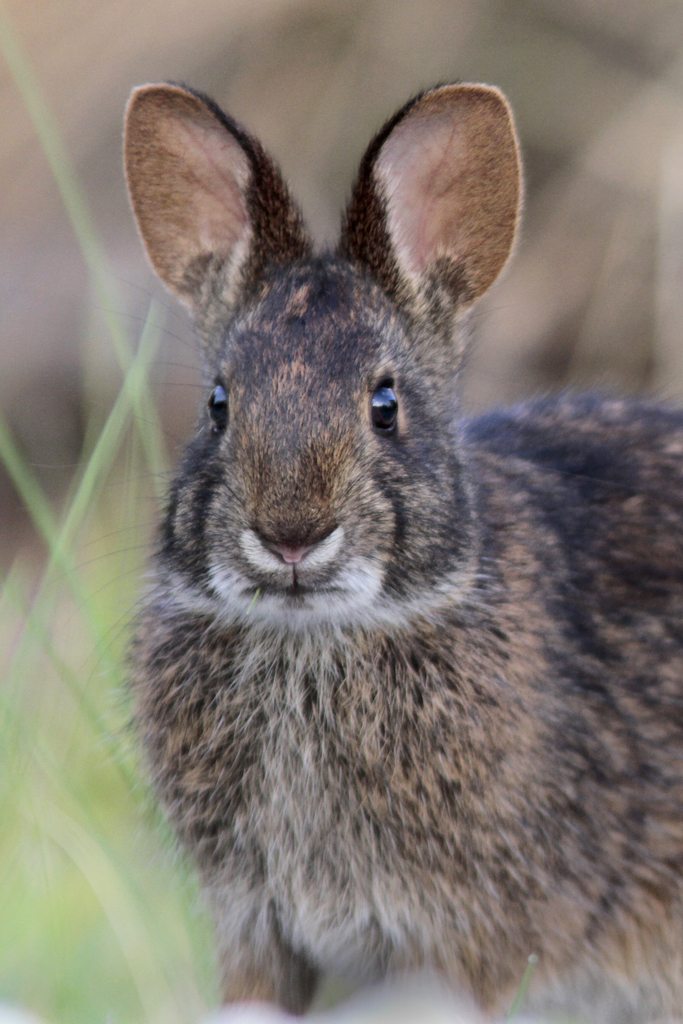Irma’s storm surge, a lack of fresh water and freshly altered habitat spell danger for the Lower Keys marsh rabbits. CHAD ANDERSON/Lower Keys Marsh Rabbit Guide
The poor bunnies!
By Karuna Eberl
It’s been a rough few weeks for bunnies. In the wake of Hurricane Irma, biologists are worried about how many of the Lower Keys marsh rabbits might have gone the way of their namesake, the late Hugh Hefner, because of the storm surge, a lack of fresh water and freshly altered habitat.
After Hurricane Wilma, scientists estimated 70 percent of the population died, and Irma is a whole different story, possibly for the worse, said Kate Watts, biologist for the Florida Keys National Wildlife Refuge Complex.
“We’ve only seen a couple of rabbits,” she says. “We are concerned (how many) even made it through the storm, as well as if they have what they need to carry on.”
The endangered, endemic and adorable little fur-balls, Sylvilagus palustris hefneri, were named in honor of the Playboy icon, who donated to their study and conservation efforts. Their habitat spans from Big Pine to Boca Chica, and while they are comfortable in both fresh- and salt-water marshes, the salty inundation across their habitats likely killed many of the plants they eat and lessened their water options.
“Rabbits are really important,” said Watts. “They need fresh water to survive, and that’s where we run into problems.”
It wasn’t all that easy even before the storm. Though the rabbits were once common throughout the Lower Keys, decades of habitat loss from real estate development plus high mortality from cats and cars helped land them on the endangered species list in 1990. And, unfortunately, the hefneri don’t … well … breed like rabbits. According to a 2008 study, they produce only three or four litters a year, each with one to three kits, which is 50 percent to 75 percent fewer offspring than rabbit species produce on the mainland.
Watts and her colleagues are assessing rabbit populations, but it will take time to understand the situation fully. In the meantime, it is temporarily legal to put out fresh water for the bunnies, Key deer and other wildlife. Try to keep the source low to the ground, and shallow, so they can hop up and over, and still get back out. Watts also urges everyone to drive slowly on the side roads (important for the Key deer, too), and keep cats indoors. If you see a rabbit, please report it to the refuge at keydeer@fws.gov or 305-872-2239 ext. 227.
Of course, Watts and her colleagues are also busy assessing the Key deer population, for which they will release a population estimate within the next few weeks.























